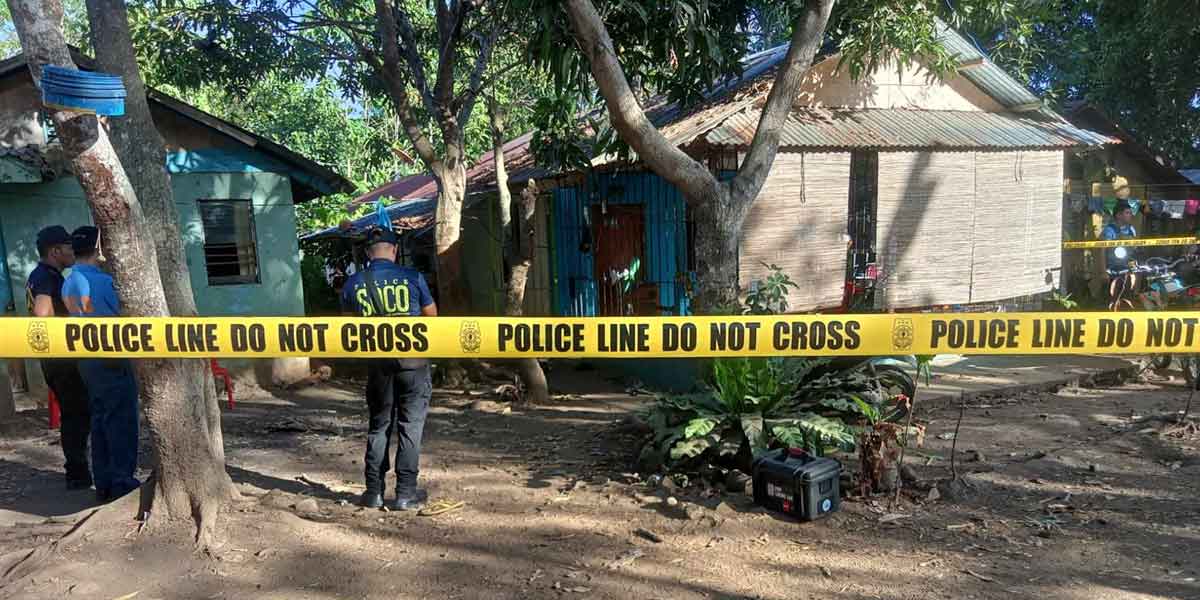By David Santoro and Carl Baker
The increasingly dominant view in the energy expert community is that nuclear power has a role to play in achieving the 17 “sustainable development goals” identified by the United Nations General Assembly in 2015 (and intended to be reached by 2030). There has thus been rising interest in nuclear power development in several parts of the world, especially in the Indo-Pacific, where growth is the strongest.
This renewed interest comes not long after the failed “nuclear renaissance” of the 2000s. That renaissance never materialized primarily because the devastating accidents at Japan’s Fukushima Daiichi Nuclear Power Plant in 2011 led many countries to reconsider their nuclear power ambitions. Now, however, national energy and climate objectives are again driving these same countries to put the nuclear option back on the table. This interest has only grown in the wake of Russia’s invasion of Ukraine, the subsequent efforts to choke off Russian natural gas and oil exports, and the resulting increase in global prices for fossil fuels.
Many believe that “small modular reactors” (SMRs) and their companion “floating nuclear power plants” (FNPPs) hold considerable promise and that they may be “the next big thing” in the nuclear power market, even though they are not new concepts—they date back to the 1950s. To explore this further and, in particular, the implications for the Indo-Pacific, the Pacific Forum recently commissioned three papers: one by Victor Nian that unpacks SMR/FNPP technologies and discusses their applicability in the region; one by Jor-Shan Choi that examines the nuclear safety, security, and safeguards considerations associated with SMRs/FNPPs; and one by Miles Pomper, Ferenc Dalnoki Veress, Dan Zhukov, and Sanjana Gogna that addresses the potential geopolitical implications of SMR/FNPP deployments.
Seven key insights can be teased out from the papers, which are published in a just-released volume on “Small Modular Reactors: The Next Phase for Nuclear Power in the Indo-Pacific.” These insights include the following:
- SMR/FNPPs have appealing features
SMRs and FNPPs are popular because they are small, mobile, flexible, have user-centric characteristics, and are empowered by the advanced (and safer) Generation IV technologies. What’s more, the advantage of SMRs and FNPPs is that they have the potential to offer cost-competitive and clean energy without the shortcomings associated with traditional large-scale nuclear power plants. SMRs and FNPPs can be easily integrated into national energy planning, especially for newcomer countries with small grid sizes or off-grid/remote communities or for countries that are dependent heavily on energy imports.
- SMR/FNPP technology is not yet ready, and its prospects are unclear
Most SMR and FNPP designs are still in the research phase or under development. Few are deployed. In the Indo-Pacific, the land- or marine-based reactor types of interest are water-cooled, high-temperature gas, molten salt, or aqueous-fueled. Two reactors are currently deployed in the region: the KLT40S, a pressurized water reactor FNPP developed by OKBM (Russia) and commissioned in Pevek in the Russian far east that is designed to generate 70 megawatts of energy; and the HTR-PM, a high-temperature gas reactor developed by the China Nuclear Engineering Corporation and Institute of Nuclear New Energy Technology that is designed to generate 210 megawatts of energy.
According to the International Atomic Energy Agency (IAEA), SMR and FNPP technologies are unlikely to contribute significantly to the expansion of nuclear power in the next decade. If adoption of such technologies matches the current level of interest, reactor development and deployment will take time to materialize.
- There is a pathway to the successful utilization of SMRs/FNPPs
There are several factors associated with the successful utilization of SMRs and FNPPs. Advancing them as early as possible in the industrial supply chain is important for proper integration into energy production. Developing industry standards, to ensure compatibility and interoperability with other systems, and adopting and scaling up SMR/FNPP technologies adequately to enjoy the economies of the multiples are also essential. Finally, ensuring “green passage” for transportable SMRs/FNPPs is a key factor in facilitating safe and efficient mobilization of these technologies for nearshore, offshore, and maritime applications.
- Safety, security, and safeguards considerations are a challenge for SMRs/FNPPs
One problem with SMR/FNPP technologies is that they are not devoid of safety, security, and safeguards challenges. SMRs and FNPPs, notably “first-of-a-kind” reactors, have unique features, specific systems, and novel operating conditions, introducing challenges to the established regulatory bodies, potentially leading to safety concerns. The special features of SMRs and FNPPs, notably their transportability, more flexible siting options to include remote or urban locations, and new fuel designs also present new nuclear security challenges, some possibly more serious than those of large reactors. Moreover, because they use different types of fuel that require new technologies in manufacturing and handling of nuclear materials, some SMRs and FNPPs present unique challenges to IAEA safeguards.
The best way to address these safety, security, and safeguards challenges is to adopt a holistic approach. Such a “3S” approach helps better understand the challenges (and opportunities) associated with SMR and FNPP deployments.
- SMR/FNPP deployment will happen in a competitive security environment
Nuclear power development has always been intimately linked to geopolitics. There is no reason to think that it will be different this time around, especially given that the security environment is becoming increasingly competitive.
Because Russia has been relentless in its intended nuclear energy (traditional and SMR/FNPP) exports, notably in the Indo-Pacific, and because China looms large over the horizon as a major nuclear exporter in the context of its Belt-and-Road Initiative, there are fears in Washington that the United States might lag behind (because it has a limited nuclear export industry) and lose potential markets or surrender influence in the region to either Moscow or Beijing, or both. Significantly, a few other regional countries are entering the nuclear export business as well.
- It isn’t clear (yet) if SMRs/FNPPs will have far-reaching geopolitical implications
Caution is in order, however. The current renewed interest in nuclear power may, as its predecessors, dissipate. Even if it materializes, it will be a very slow process. The United States, then, should keep an eye on key developments and dynamics but not rush into anything.
If Washington wants to help US manufacturers of SMRs and FNPPs gain new markets in the Indo-Pacific, the priority should be Indonesia given Jakarta’s urgent (and massive) need for new power sources. Doing so in the Philippines, Thailand, or Vietnam would only be judicious if these three countries confirm their intentions to pursue nuclear power. Either way, selling (or failing to sell) US manufactured of SMR and FNPP technologies is unlikely to change radically the recipients’ approach to Washington as a trade or security partner.
- The United States should ask itself if it benefits from expanding or limiting the nuclear export market
It is an open question whether the United States should focus on competing aggressively to expand the traditional and emerging SMR and FNPP export market (and shape it to its advantage) or if, instead, it should focus on limiting such expansion. Conducting a thorough study on the benefits, costs, and risks of each option would be useful and timely.
This list of key insights is not comprehensive. There is much left to unpack to understand fully the renewed interest in nuclear power and the seemingly high enthusiasm for SMRs and FNPPs, plus the implications for the Indo-Pacific specifically. Our volume’s papers provide preliminary analyses to help jumpstart this research.
PacNet commentaries and responses represent the views of the respective authors. Alternative viewpoints are always welcomed and encouraged.
David Santoro (david@pacforum.org) and Carl Baker (carl@pacforum.org) are respectively President/CEO and Senior Advisor at the Pacific Forum. Follow David Santoro on Twitter @DavidSantoro1.





















